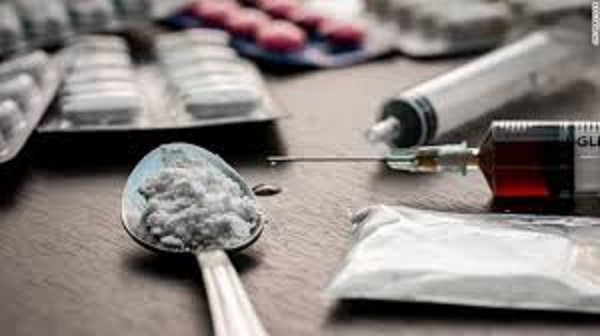
Kashmir’s new addiction crisis: Doctors warn of Tapentadol replacing heroin
Kashmir’s Shifting Sands: From Heroin to Tapentadol – A Looming Public Health Crisis
By: Javid Amin
Srinagar: In the heart of Kashmir, amidst breathtaking landscapes and a complex history, a new storm brews. Healthcare professionals and policymakers are sounding the alarm on a worrying trend: the alarming shift from heroin to Tapentadol as the drug of choice among young people.
Tapentadol, a prescription opioid pain reliever, has become a siren song for those struggling with addiction. Its accessibility – readily available from pharmacies and even friends – and lower cost compared to heroin make it a seemingly attractive alternative. But this illusion is shattered by the harsh reality: a surge in addiction cases, exacerbated mental health issues, and an overburdened healthcare system.
The Numbers Tell a Story: At the drug de-addiction centre at SMHS, the data paints a grim picture. Among young patients seeking treatment, 100 individuals, predominantly males between 25 and 30, have turned to Tapentadol tablets as a substitute for heroin. Two even resorted to intravenous use, highlighting the desperation and severity of the situation. These cases span across all districts of Kashmir, with Srinagar and Anantnag bearing the brunt.
Beyond Numbers: Understanding the Why: A recent study conducted at the Institute of Mental Health and Neurosciences (IMHANS) delves deeper. While 69% of users perceive Tapentadol’s psychoactive effects as inferior to heroin, 29% find them comparable, and 2% even consider them better. This suggests a complex interplay between perception, accessibility, and cost in driving this shift.
The Source of the Problem: The study also sheds light on how these young people access Tapentadol. The picture is concerning:
- 37% obtain it from friends, highlighting a troubling peer pressure dynamic.
- 24% rely on peddlers, indicating the presence of an illicit market.
- 35% get it directly from chemists, raising questions about prescription regulations and awareness.
A Call to Action: Dr. Yasir Hassan, professor at IMHANS and lead researcher, emphasizes the urgency of the situation. He stresses the need for comprehensive strategies, including:
- Stricter regulations on pharmaceutical distribution to curb misuse.
- Awareness campaigns educating the public on the dangers of opioid misuse.
- Addressing underlying socio-economic factors that fuel substance abuse.
Dr. Mariya Zahoor, Senior Resident at IMHANS, echoes the concern. She warns that while government interventions have made heroin less accessible, Tapentadol has emerged as a readily available alternative, posing a significant public health risk.
Beyond Heroin: A Multi-Pronged Approach: The Kashmir story is not just about heroin and Tapentadol; it’s about the complexities of addiction and the need for a holistic approach. This includes:
- Strengthening mental healthcare services to address underlying issues.
- Providing accessible and effective addiction treatment programs.
- Investing in community-based interventions to address socio-economic factors.
- Promoting education and awareness throughout society.
A glimmer of hope: Kashmir has overcome challenges before. By working together, healthcare professionals, policymakers, and the community can prevent this looming public health crisis from engulfing the region. It’s time to act, before the sands shift further, leaving behind a trail of addiction and despair.

